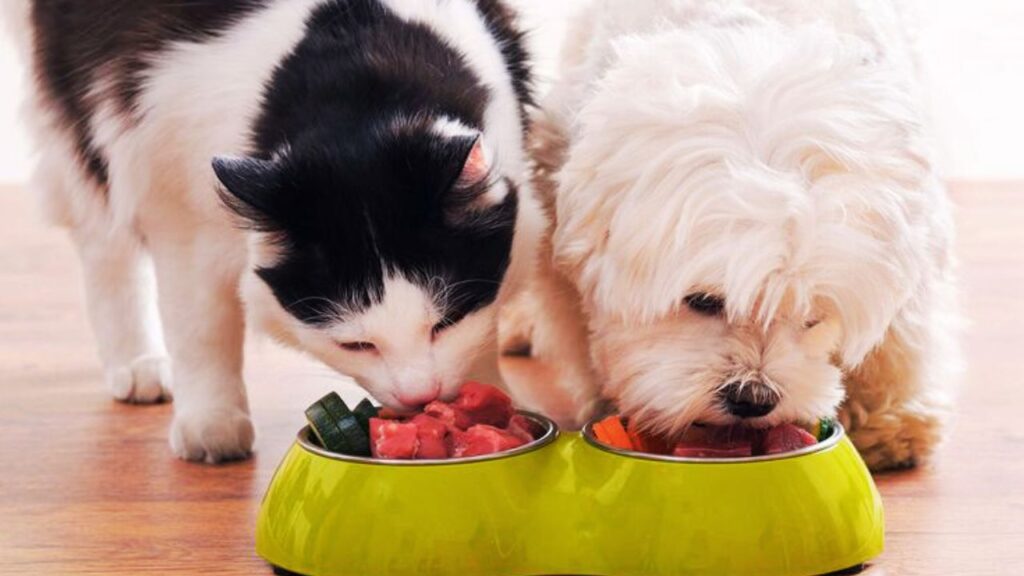
What is the difference between dog and cat food? Discover how their nutritional requirements, ingredient compositions and feeding behaviors differ so they remain happy and healthy. Knowing these differences can help you make the best decisions for your dog or cat.
The first step toward proper nutrition involves knowing your pets’ dietary needs. Dogs and cats may live together in our homes and hearts, but their needs are very different when it comes to food. This guide is about the Difference between Dog and Cat Food. Proper food is very important for pets’ health and happiness. Dogs and cats share our homes, but they thrive on very different diets—for good reason. This guide explores what separates dog and cat food by exploring important topics related to nutrition, ingredients, and feeding habits.
Dog Food vs Cat Food
The difference between dog and cat food primarily comes down to their formulation. Dog food is formulated for omnivores and contains some combination of proteins, carbohydrates, and fats. Cat food, however, is formulated for obligate carnivores and has a higher protein and fat content and few carbohydrates. Their evolutionary eating needs are so specific to the species that it is inappropriate to swap the foods.
What’s the Difference Between Cat and Dog Food?
| Category | Cat Food | Dog Food |
| Nutritional Requirements | Higher protein and fat content are vital for obligate carnivores | Moderate in protein and fat for omnivores |
| Taurine Content | Contains taurine, an amino acid essential to cats that they cannot synthesize | It does NOT include taurine because dogs can create it. |
| Vitamin A | Contains preformed Vitamin A; cats are unable to convert beta-carotene. | Get Vitamin A from beta-carotene in vegetables. |
| Texture and Size | Smaller, softer kibble or moist food for easy chewing. | Larger kibble and tougher texture to suit canine teeth. |
| Flavors | Strong meat flavors are designed to attract cats with their meat-loving habits | Meat, grains, and green for variety |
| Caloric Density | More calorie-dense as a cat’s metabolic needs are higher | fewer calories; formulated for dogs’ energy needs |
| Carbohydrate Content | Minimal carbohydrates, as cats have limited capacity to process them. | Higher carbohydrate levels, providing energy for active dogs. |
| Omega Fatty Acids | Formulated for cats to promote skin, coat, and heart health. | Explicitly designed for canines, with a focus on joint and coat health. |
| Fiber Content | Minimal fiber as cats primarily digest proteins and fats. | Higher fiber to aid digestion and bowel health in dogs. |
| Health Implications | Feeding cat food to dogs can cause weight gain and imbalance. | Feeding dog food to cats can result in nutrient deficiencies. |
Use this table to understand the main differences so that you can choose the right food for your pet’s nutritional requirements.
Nutritional differences between dogs and cats
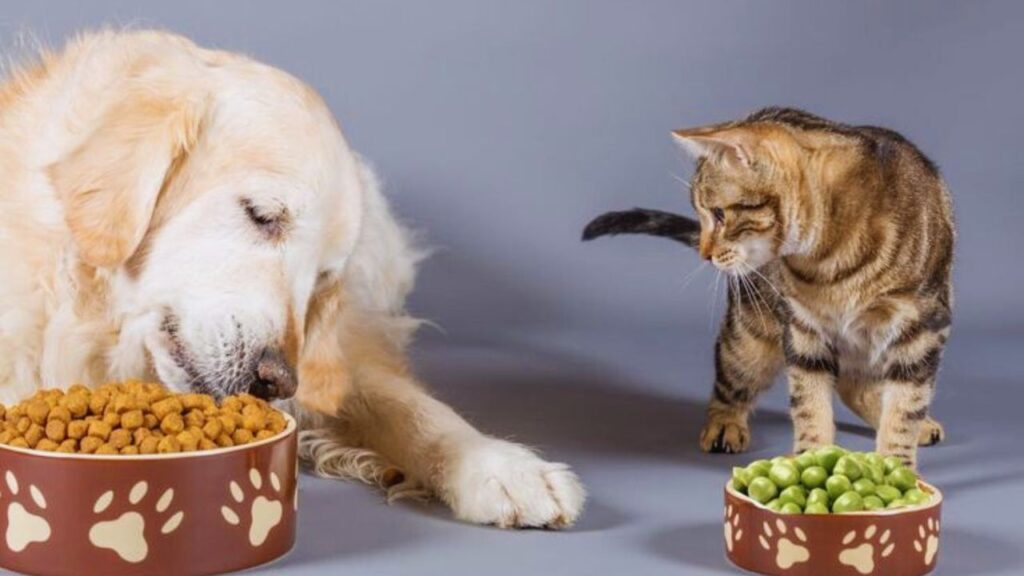
The dietary needs of dogs and cats are vastly different. Dogs are omnivores, meaning they can glean energy and nutrients from a combination of plant- and animal-based ingredients. On the other hand, cats are obligate carnivores that depend primarily on animal proteins and fats. Cats fail to synthesize some nutrients (such as taurine and Vitamin A) and must obtain those essential substances directly through their food. On the other hand, dogs can synthesize many of these nutrients internally, lending them more flexibility in their diet.
Dog and Cat Food Similarities
Dog Food vs. Cat Food: Similarities and Differences Both food types offer and also aim to meet the necessary vitamins, minerals, and nutrients required for overall well-being. To ensure a dog or cat gets enough protein, top-quality pet food will utilize named protein sources as the first ingredient (e.g., chicken, beef or fish).
Can Dogs Eat Cat Food?
Dog food should not be considered a dietary equal. It’s okay for dogs to snack on cat food occasionally because of its strong odor and fat content, but it should not replace dog food. If a dog eats cat food for a long time, it may develop digestive issues, weight gain, and other health problems because it is not made to process such a nutrient-rich diet.
Is Cat Food Bad for Dogs?
Yes, cat food is dangerous for dogs if eaten regularly. Cat foods contain incredibly high levels of protein and fat that a dog’s digestive system may find difficult to process, resulting in weight gain, pancreatitis or nutritional imbalance. This is a semi-OK short assault on the dog who might eat it in the short run, but it’s neither sustainable nor safe for your dog or cat food in the long run.
Feeding Habits of Dogs and Cats
Similarly, feeding habits are quite different between the two species. Dogs are creatures of habit who do best on a regular meal schedule, and they typically eat one to two meals a day depending on their age, Size, and activity level. Cats, by nature, are grazers: they prefer several small meals over the day. This behavior is instinctive and relates to their hunting habits in the wild.
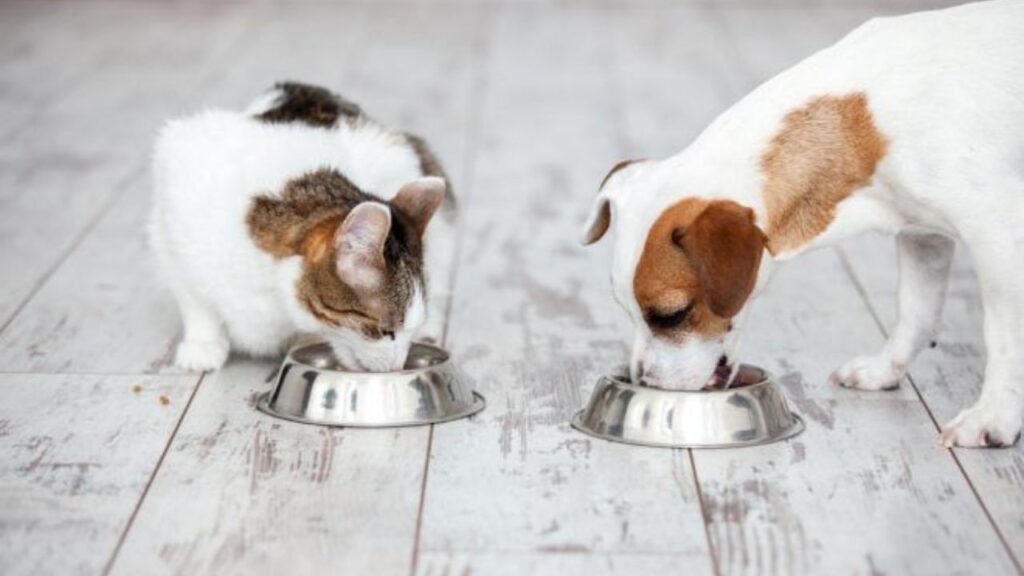
What Happens if Cats Eat Dog Food?
Cats could not survive on dog food since they need taurine, arachidonic acid, and higher protein content. Consuming them long-term can have profound health implications, including:
• Heart disease (dilated cardiomyopathy)
• Vision problems
• Malnutrition
The reason why Dog Food is Different from Cat Food
Dogs and cats are both mammals, but their nutritional needs aren’t remotely similar, and food makers tailor their formulas to suit.
Protein Content
Being obligate carnivores, cats need their diets to contain higher levels of protein than dogs, so their food typically has 30-40% protein. Dogs are omnivores and can do well on 18-30% protein diets.
Fat Content
Cat food tends to be much higher in fat, sometimes at 15%, while dog food is 8-18%. Although fat is vital to cats, its potential is dangerous for dogs if consumed too much.
Taurine
This is an essential amino acid that cats can’t create in enough quantity, so they need to get it from their food. However, dogs can synthesize taurine from other amino acids, so it’s not a dietary requirement.
Carbohydrates and Fibers
Dogs’ digestive health is supported by more fiber, so you will find that dog food typically contains more carbohydrates and fiber than you would in cat food, which might be less so because of the carnivorous needs of cats.
Will a Dog Die from Eating Cat Food?
Although your dog is unlikely to die from eating cat food, long-term feeding of cat food can make your dog very sick. Cat food is unusually high in fat and protein, making a dog’s digestive system go haywire, resulting in symptoms like vomiting, diarrhea and pancreatitis (pancreas inflammation). Cat food is also calorie-dense and formulated to meet the needs of much smaller, high-energy creatures, so if dogs eat it consistently, they can also pack on the excess weight.
Risks of Regularly Feeding Your Dog Cat Food
Feeding cat food regularly can create medical problems for your dog over time. As previously indicated, cat food is considerably higher in fat and protein, which dogs do not need in such excessive quantities. Too much protein and fat can overload your dog’s system and lead to obesity and digestive problems, as well as conditions such as high cholesterol and pancreatitis. A dog’s body isn’t equipped to process such high-fat food, and this can lead to the dog packing on unhealthy pounds, especially if it’s munching on cat food in addition to its usual kibble.
In addition, the ratio of vitamins and minerals that dogs need varies from that required by cats. Cat food is designed to meet the needs of a few nutrients that dogs do not require but are necessary for cats: taurine, arachidonic acid and vitamin A.
Why Dogs Should Not Eat Cat Food
The fundamental issue with dogs eating cat food is that protein and fat levels must be balanced.
Too Much Protein
Protein is, of course, an essential part of the diet of both cats and dogs, but cats need it in significantly higher amounts. Dog food is formulated to include sufficient protein to satisfy a dog’s needs without overwhelming its system. Conversely, cat food is much more protein than a dog needs, which could lead to kidney strain, not to mention putting on too many extra pounds.
Fat Content
Cat food has more fat, up to 50% more than dog food, which is intended for energy in cats but may result in obesity in dogs. Too much fat may chime in with pancreatitis and worsen the wellness of cardiovascular health. Long-term cat food consumption can lead to digestive distress, obesity, and more extreme health problems associated with nutrient imbalances.
When Can a Dog Eat Cat Food?
Although making it a habit is not a brilliant idea, there are scenarios where a dog eating cat food may not cause an immediate issue:
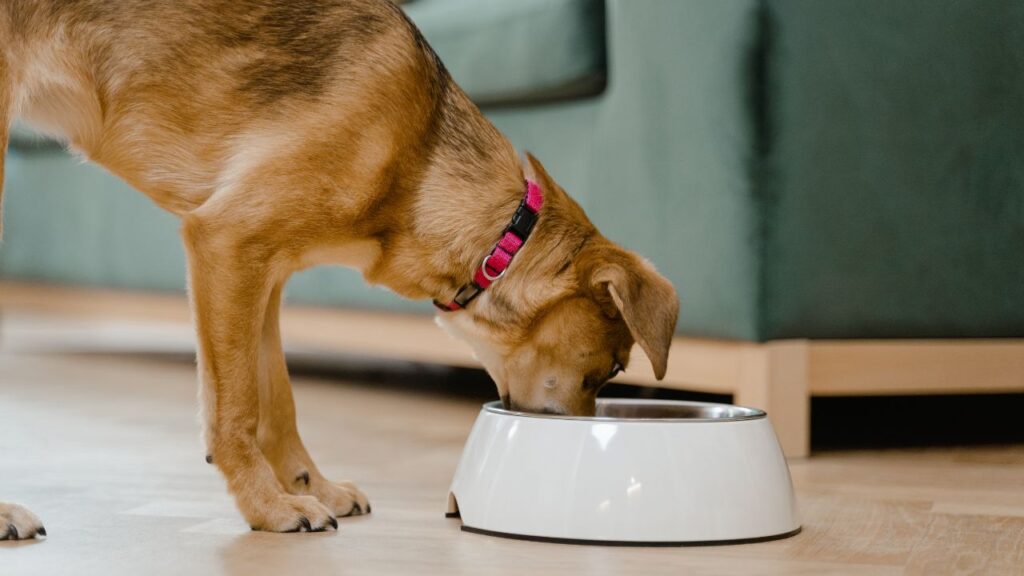
Unintentional Grazing: A dog that snacks on a small amount of cat food from time to time is not likely to suffer any serious consequences. But this must not turn into a habit.
Emergency Situations: When dog food is hard to come by in a pinch and is only a temporary solution, cat food can help fix the problem quickly. But this should be a rare occasion and never replace a proper diet for your dog.
Frequently Asked Questions
What makes cat food bad for dogs?
Cat food’s high levels of protein and fat can wreak havoc on a dog’s digestive system.
Can dogs and cats eat properly cooked and balanced homemade food?
Yes, but they have to fit their exact nutritional requirements.
Is it okay for dogs to eat cat food in a pinch?
Yes, but only temporarily. Cat food contains too much protein and fat for dogs to eat long-term.
Can cats eat dog food?
No. Most dog food, including taurine, does not contain the nutrients that cats need to live.
Can I devise my recipes for dogs and cats?
Yes, but it needs to be out by species. For example, cats require taurine, a nutrient potentially absent from homemade dog food recipes.
Can dogs eat cat food now and again?
Yes, but only in emergencies. And over time, a dog that eats cat food can become overweight and suffer health issues.
Will it hurt cats if they eat dog food?
Yes. Dog food lacks the nutrients cats require, and continued feeding can lead to serious health problems.
Is wet or dry food better for pets?
Both have their benefits. Wet food adds moisture to the diet, while dry food is more economical and can help dental health.
Can I feed both dogs and cats with the same homemade diet?
No. Dogs and cats require different nutrient balances, so their homemade meals must be prepared separately.
Final Thought
To help keep your furry friends happy and healthy, it’s essential to understand the differences between dog and cat food. We know how much you care about your pets, and that’s why it matters to recognize that dogs are omnivores who can enjoy a variety of foods, while cats need high-protein, meat-based meals to thrive. Understanding their specific needs allows you to provide the best care and nutrition for your beloved companions. Understanding their unique dietary needs will help ensure they get the best nutrition possible! The benefit of offering them species-appropriate food is that they get the necessary nutrients to continue thriving. Always speak to a veterinarian for customized dietary suggestions. Ensure you feed them the proper diet to their needs so your pet is healthy and happy!

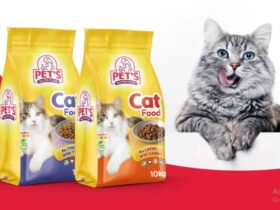

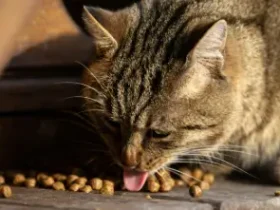

Leave a Reply